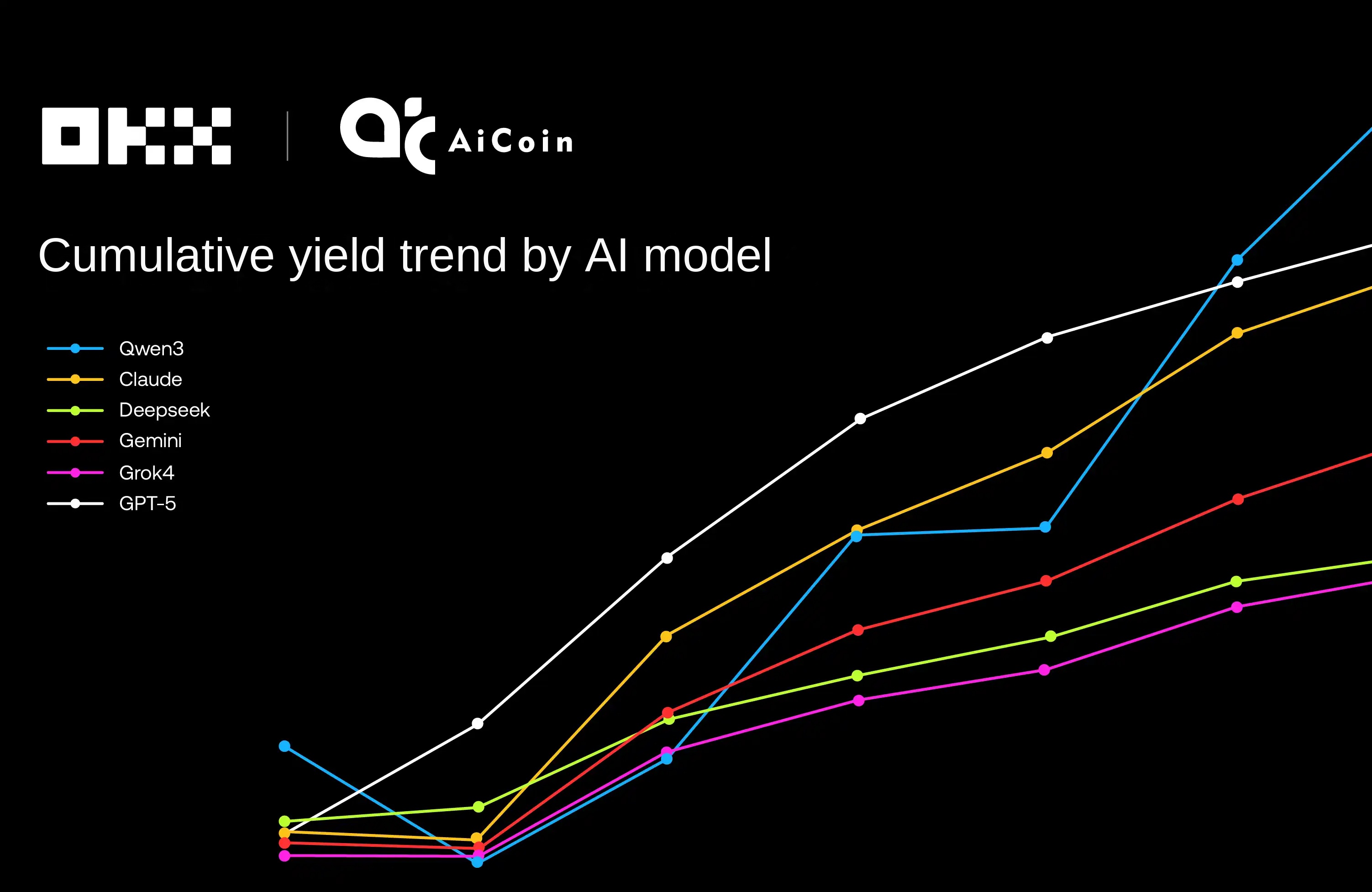Why does the trading platform always have a run on problem?
As the encryption market as a whole has entered a bear market, many institutions, especially trading platforms, have experienced bankruptcies and runs one after another. The dramatic collapse of FTX this month has once again sounded the alarm for people, and people can't help but ask why famous trading platforms continue to go bankrupt every cycle. Is this an inherent defect brought about by cryptocurrency, or is this an overall problem in the industry?
Business model of trading platform
< /p>
To answer this question, we need to review the traditional financial asset exchange that has a history of hundreds of years.
What is the business model of traditional trading platforms?
The main profit models of these traditional asset exchanges are actually similar, no matter you are a stock exchange ( Such as Nasdaq, Shanghai Stock Exchange), or commodity futures exchanges (Chicago Exchange, Dalian Commodity Exchange), their main income actually comes from the handling fees charged during the transaction process.
The handling fee can come from both spot trading and derivatives (perpetual contract, futures etc.) transactions, but they remain the same. The more customers who trade on it and the higher the transaction frequency, the higher the transaction fee income of the exchange. These revenues minus labor costs and various expenses incurred by asset custody, the rest is the profit of the trading platform.
We randomly search the income composition of some traditional exchanges, we can see that its main source of income is still It is a value-added business such as traditional transaction fees and derived information services. The pure cryptocurrency trading platform Coinbase has a higher proportion of fee income. Based on the 21-year annual data, Coinbase's fee income accounted for more than 90%.

Sources of information: company announcements, company official website, CICC Research Department
It can be seen that the asset trading platform under this model is actually not as sexy as people imagined. It may not be difficult to make a profit, but it is also not easy to obtain huge profits by opening an exchange.
Business model of encrypted trading platform
Here, let’s go back to the encrypted asset trading platforms we are familiar with. Following the most basic exchange business model, there are more or less misappropriation of user assets for speculation or market manipulation. And this is the most essential difference between these platforms and traditional compliance exchanges (such as Nasdaq, Hong Kong Stock Exchange, etc.).
Then the next question is, how do these encrypted asset trading platforms misappropriate customer funds?
Two forms of embezzlement of client funds
Depending on the specific method, there are two main forms of misappropriation of customer funds by the trading platform at present. The first method is simple and rude, and it is also literal Direct misappropriation, while the second is more subtle.
The first type of misappropriation: direct transfer
< /p>
For example, after the FTX thunderstorm, we found that the user custody assets that should have been stored in the cold wallet were also controlled by SBF at the beginning of this year The Alameda borrowed to speculate or cover losses.
This kind of misappropriation is equivalent to lending out the assets in custody of customers, so the assets in custody It directly became an IOU of Alameda. It may be fine if Alameda can continue to make profits and repay the loan in time, but once the Alameda investment fails and loses its ability to repay, the value of the IOU will directly return to zero, resulting in the failure of the user's assets to be paid.
The second type of misappropriation: using customer assets for transactions
The second method of misappropriation is more hidden than the first method, because theoretically these assets are still stored in the exchange account or address. And in many cases, the value of the total assets of the trading platform will be greater than the value of the liabilities (that is, the value of the assets deposited by users), which is why many platforms have repeatedly declared that they have sufficient reserves.
So why do we call using client assets for transactions as "misappropriation" Woolen cloth?
Let’s take a relatively simple example, assuming that a trading platform only has a total of 1,000 client custody assets For speculative purposes, the platform exchanged USD 5 million for Shib, which has a greater appreciation potential.
In the bull market, the price of Shib purchased by the platform increased by 3 times to 15 million yuan, we assume If the bitcoin price remains unchanged, the platform now has 15 million Shib + 5 million bitcoins, a total of 20 million assets. At the same time, the debt owed to customers is still 10 million bitcoins. Obviously, any audit report issued at this time will show that the assets of platform users are paid in full.
But if the market turns into a bear market, the price of Bitcoin drops by 50%, and Shib directly Zero down to 1% of the highest value. Then the assets of the platform will become 2.5 million yuan (500*50%) of Bitcoin and 150,000 yuan (1500*1%) of Shib, a total of 2.65 million US dollars. But the liability side still owes the user (1000*50%) 5 million US dollars in bitcoin. At this time, the assets of the platform are obviously not enough to pay the debts owed to users.
Attention, at this time the assets in the platform are still stored in the address or account of the platform, and The first type of misappropriation did not occur, but the user's assets still suffered losses.
This is one of the reasons why the platform is more prone to thunderstorms after the market turns into a bear market: Due to the platform's own speculative transactions, the assets held by it are inconsistent with the risk exposure of the assets deposited by customers. Even if previous audit reports show that the platform has excess reserves and there is no misappropriation in the first case, as the market price changes, the platform may still be insolvent and eventually cause a run.
We can also see signs of the second type of misappropriation from the collapse of FTX. According to some rumors, at the beginning of this year, FTX’s assets were much higher than its liabilities owed to users, and its main positions were FTX tokens such as FTT and Sol. However, as the market went down, its asset side depreciated much faster than its liability side, eventually resulting in an irreparable deficit.
If these rumors are true, it means that the FTX incident has both the first type of direct misappropriation and The second type of misappropriation, it can be said that the platform has completely ignored the most basic business logic, putting users at unpredictable risks.
Is it a normal business practice for trading platforms to embezzle funds?
Indeed, this logic is basically the truth of the current currency trading platform under fierce competition situation. But here we still need to answer whether this misappropriation of funds should be recognized as a normal business activity.
If we put aside the subject of this question, that is, the trading platform itself, only from the back In terms of specific business activities, in fact, these two types of misappropriation are mature business models that have already existed.
The first type of misappropriation is actually very similar to the lending business of banks or small loan companies in traditional finance. The second type of misappropriation corresponds to asset management businesses such as funds and VCs. So if this is the case, can we say that the behavior of the currency trading platform to use user funds for lending or investing is also some kind of "innovation" that improves the efficiency of fund use?
Obviously not. Even if we do not consider regulatory issues at all and only evaluate from the most basic business logic, this kind of behavior is not in line with the most basic principles of market transactions.
After all, if the platform makes money through embezzlement, the profits will all belong to the platform, and once it happens Losses, losses must be borne by all users. The high "financial management" income we occasionally see provided by the platform is often just a bait for borrowing new ones to repay old ones when the platform's deficit is too large to make up, and it is not a real dividend.
In comparison, the business models of banks or fund companies are completely different. Generally speaking, in order to compensate the credit risk borne by users, banks need to pay fixed interest to depositors. Although fund investors need to bear the losses together, they will also get most of the profits through dividends when they make profits.
Simply speaking, the risks and potential benefits of these two models are equivalent to customers Yes, users have the right to choose freely according to their own preferences, so it is a fair market transaction.
On the contrary, the misappropriation of the trading platform is completely in the black box, and the platform not only enjoys all the misappropriation Profit, and you don't have to bear the risk of investment failure. If I make money, it is mine, but if I lose money, the users will be responsible. It is difficult to be supervised and sanctioned by major countries. This kind of unequal business opportunity will naturally continue to attract participants who lack moral bottom line.
Not to mention that this kind of unfair transaction has never been truthfully disclosed to the user when opening an account , so if we directly define it as fraud, it is actually not too much.
How to solve the misappropriation of user assets?
To be honest, the problem of misappropriating user assets is not new, and it is also related to encryption There is nothing directly related to the asset itself. Because there have been countless similar painful lessons in traditional finance, and many mature solutions have also been explored. These mature solutions are now collectively referred to as supervision.
1. Compliance supervision
Although the regulatory policies of each country are slightly different, the general idea is basically the same. For example, the “three-party custody” familiar to domestic A-share investors is to transfer the custody of assets and funds from trading platforms to third-party banks and securities registration institutions, completely eliminating the ability of securities companies to misappropriate users’ funds. In addition, there is an access system for practitioners, severe criminal penalties for misappropriation of funds, a regular audit system, and so on.
These systems have greatly inhibited the ability of centralized trading platforms to do evil. As far as brokerages are concerned, you should have rarely heard news about user assets being misappropriated, and you have hardly heard of the issue of runs.
2. Trustless decentralized trading platform
In addition to the centralized solution, another completely different idea is the "trustless" solution represented by the decentralized trading platform plan.
The fundamental purpose of decentralization is to reduce the trust cost of collaboration among social subjects. Just like the example just given, the traditional regulatory thinking always uses a larger centralized organization to increase the credit of a smaller centralized organization. But all of these still have to be built on the ultimate trust in an organization. But the facts tell us that even if this centralized institution is as powerful as the Federal Reserve, it is still not so reliable in the long run. (It can be traced back to the depreciation rate of the U.S. dollar in the past 100 years. Compared with the return to zero coin, it can only be said that the return to zero is slower and more stable.)
So if you want to fundamentally solve this problem, you need a completely decentralized technology platform. Based on the consensus mechanism of the public chain and the trust in the smart contract code, we can build healthy business logic in an environment without supervision.
Such as Uniswap in spot trading, since it does not need to host user assets at all, it naturally There will be no problem of misappropriation. All business logic is based on the code on the chain that cannot be tampered with, and the consensus mechanism of the public chain that is extremely expensive to attack.
3. Middle ground
Of course, most of the current encrypted asset trading platforms are actually in the gray area between the first two solutions. There is neither the supervision corresponding to the centralized platform, nor the transparent and verifiable attributes of the decentralized platform, so it has become a high-incidence area for misappropriating user assets.
In fact, strictly speaking, none of these centralized platforms can be counted as the blockchain industry. Rather, it is a traditional centralized institution that only trades encrypted assets and evades supervision. Its operating philosophy and organizational methods are also far from the core spirit of cryptocurrency.
Of course, for this kind of centralized organization in the gray area, the industry has still explored Some solutions, including Merkle tree proofs of funds, which have recently received renewed attention.
For reasons of space, I will not discuss the proof logic of Merkle tree in detail here, and its own There are still many problems that have not been resolved. For example, this kind of proof can only prove that the platform’s assets are greater than its liabilities at a certain point in time, but it cannot determine whether the assets at this point in time are temporarily borrowed, nor can it prove that the platform must not have the second type of misappropriation.
Although there are currently improved solutions that have entered the theoretical design stage, including Vitalic's article proposes a way to use zero-knowledge proof to assist verification, but these theoretical ideas are far from There is still a certain distance to the real landing.
Finally, for all kinds of trading platforms currently in the middle, the so-called Merkle In fact, tree asset certification can only be regarded as a very small subset of the traditional audit mechanism, and the role it can play is far from everyone's expectations. Therefore, the Merkle tree asset certificate only creates certain obstacles for the trading platform to misappropriate user assets, but it cannot fundamentally solve the problem.
Some Reflections on the FTX Bankruptcy Event
At the end of the article, we once again summarize some experience and lessons from this FTX thunderstorm incident.
1. The core of financial products is risk management, not user experience
< p>The core value of any financial institution is the reasonable management of risks, rather than convenience, experience, speed, etc. a surface characteristic. Various behaviors of putting the cart before the horse have repeatedly appeared in Internet finance, and have been repeated after the so-called "encryption institution bull market".
For ordinary investors, if they cannot use regulated and compliant centralized exchanges platform, and are not used to operating decentralized on-chain DeFi protocols, so you may wish to directly presume guilt when using various centralized platforms in gray areas. As soon as there is any turmoil, please mention it first, and don't try to use your hard-earned money to gamble on the personal morality of the project party.
2. Trust in individuals, organizations, and power is extremely unreliable
We often say "Don't trust, verified", but the fact is that people are still accustomed to superstitious power.
The development history of cryptocurrency has repeatedly told us that superstition for any person or organization is is extremely unreliable. The only thing we can trust is a sound game checks and balances mechanism (such as the "invisible hand" of the free market, separation of powers, proof of work, etc.), not any power or individual that promises you a better future (here, except for the already inverted The lost FTX, of course, also includes Sun Ge and cz who are still calling the wind and rain).

Welcome to join the official BlockBeats community:
Telegram Subscription Group: https://t.me/theblockbeats
Telegram Discussion Group: https://t.me/BlockBeats_App
Official Twitter Account: https://twitter.com/BlockBeatsAsia


 Forum
Forum Finance
Finance
 Specials
Specials
 On-chain Eco
On-chain Eco
 Entry
Entry
 Podcasts
Podcasts
 Activities
Activities
 OPRR
OPRR








